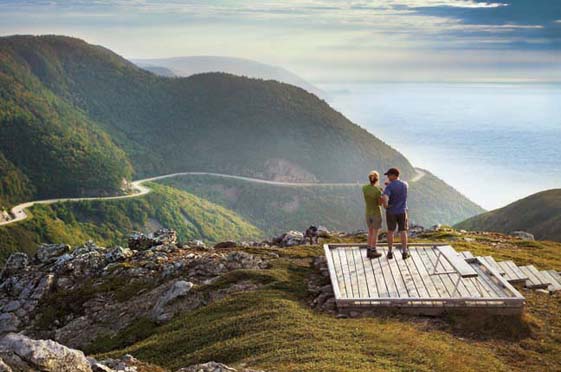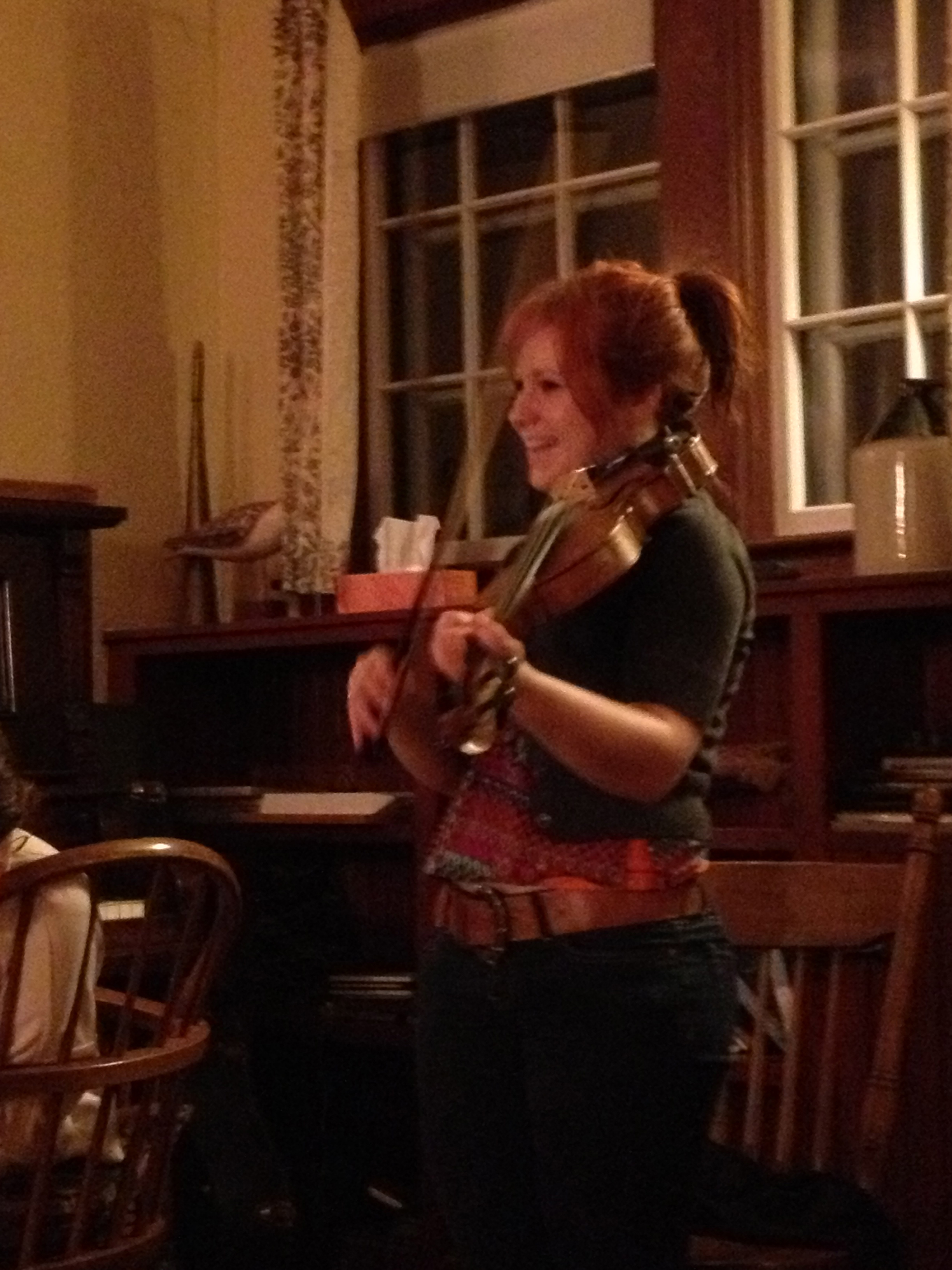One of my favorite reads this past summer, Destiny of the Republic by Candace Millard, detailed the assassination of President James Garfield. As with Millard’s first book, River of Doubt, a spellbinding account of Theodore Roosevelt’s deadly descent down a river in the Amazon, the finest characters in the books are not the presidents. Garfield has a buffoon of a doctor who does everything wrong according to modern day standards, like plunging his none-too-sterile hands into Garfield’s wound. Most striking however, was the work of Alexander Graham Bell in trying to save the president’s life. Already famous for his invention of the telephone, Graham Bell worked feverishly night and day to invent a device that could magnetically detect where the bullet was lodged in Garfield’s body. Millard’s conclusion was that the device did indeed work in the end, but Graham Bell was looking at the wrong side of Garfield’s body, thanks once again to that buffoon doctor.
So when I heard that the small town of Baddeck on the shores of Bras d’Or Lakes in Cape Breton was home to the
Alexander Graham Bell National Historic Park, I was there when the doors opened in the morning. Graham Bell and his wife Mabel, a former student of his at Boston School for the Deaf, first built their summer home in Baddeck in 1886, a decade after he stated those first fateful words on the telephone to his assistant, “Mr. Watson, come here, I want to see you.” I really wasn’t expecting much, since this was Graham Bell’s summer home, the one that reminded him of his Scottish youth. Wrong! In 1955, Graham Bell’s two daughters donated thousands of original artifacts to the museum, including all of the models that consumed him during his lifetime. There’s a metal box he created to distill salt water into drinkable water, a bicycle that he hoped one could pedal on water, the first air conditioning blowers. He created only to satiate his curiosity, which only ceased when he died. And his experimentation was successful countless times. His invention of the gramophone improved Edison’s phonograph, the metal detector he used on Garfield was the precursor to X-rays. A hydrofoil he helped build later in life, called HD-4, reached a speed of 70 miles per hour on water, a record that wouldn’t be broken for another decade.
Also on display is a portrait his wife made of Graham Bell when they were first dating. At least that’s what she told him. It’s actually a painting of an owl. She painted the bird not because it symbolized wisdom, but because Graham Bell stayed up all night obsessed with finding answers. Throw in his work with the deaf, especially giving voice to Helen Keller, and you realize why his compassion and intellect are still an inspiration.
This has been a terrific week for me in Nova Scotia! I hope to return with the family some time soon. It’s an auspicious start to a big month of travel that will send me on a bike trip to Zion National Park next Sunday . I’ll try to keep you posted as much as possible, but please be patient. In the meantime, stay active!

 If you’re interested in a quick fall jaunt to Mystic, Connecticut, skiing at Park City, or feeling that Jamaican warmth some time this winter,
If you’re interested in a quick fall jaunt to Mystic, Connecticut, skiing at Park City, or feeling that Jamaican warmth some time this winter,  There’s a reason Travel & Leisure magazine named Cape Breton the number one island destination in North America and third in the world. The landscape is a mesmerizing mix of rolling summits, precipitous cliffs, high headlands, sweeping white sand beaches, and glacially carved lakes, all bordered by the ocean. The Cabot Trail hugs the Gulf of St. Lawrence on the rugged northwestern edge of the island, where around every bend you want to pull over, spew expletives of joy at the stupendous vista, and take another snapshot. Indeed, it’s as close to Big Sur as the East Coast gets. Add bald eagles, moose, coyotes, and pilot whales fluking in the nearby waters and you want to leave the car behind and soak it all up.
There’s a reason Travel & Leisure magazine named Cape Breton the number one island destination in North America and third in the world. The landscape is a mesmerizing mix of rolling summits, precipitous cliffs, high headlands, sweeping white sand beaches, and glacially carved lakes, all bordered by the ocean. The Cabot Trail hugs the Gulf of St. Lawrence on the rugged northwestern edge of the island, where around every bend you want to pull over, spew expletives of joy at the stupendous vista, and take another snapshot. Indeed, it’s as close to Big Sur as the East Coast gets. Add bald eagles, moose, coyotes, and pilot whales fluking in the nearby waters and you want to leave the car behind and soak it all up.  Once on Cape Breton, most travelers make a beeline for the headlands of the
Once on Cape Breton, most travelers make a beeline for the headlands of the